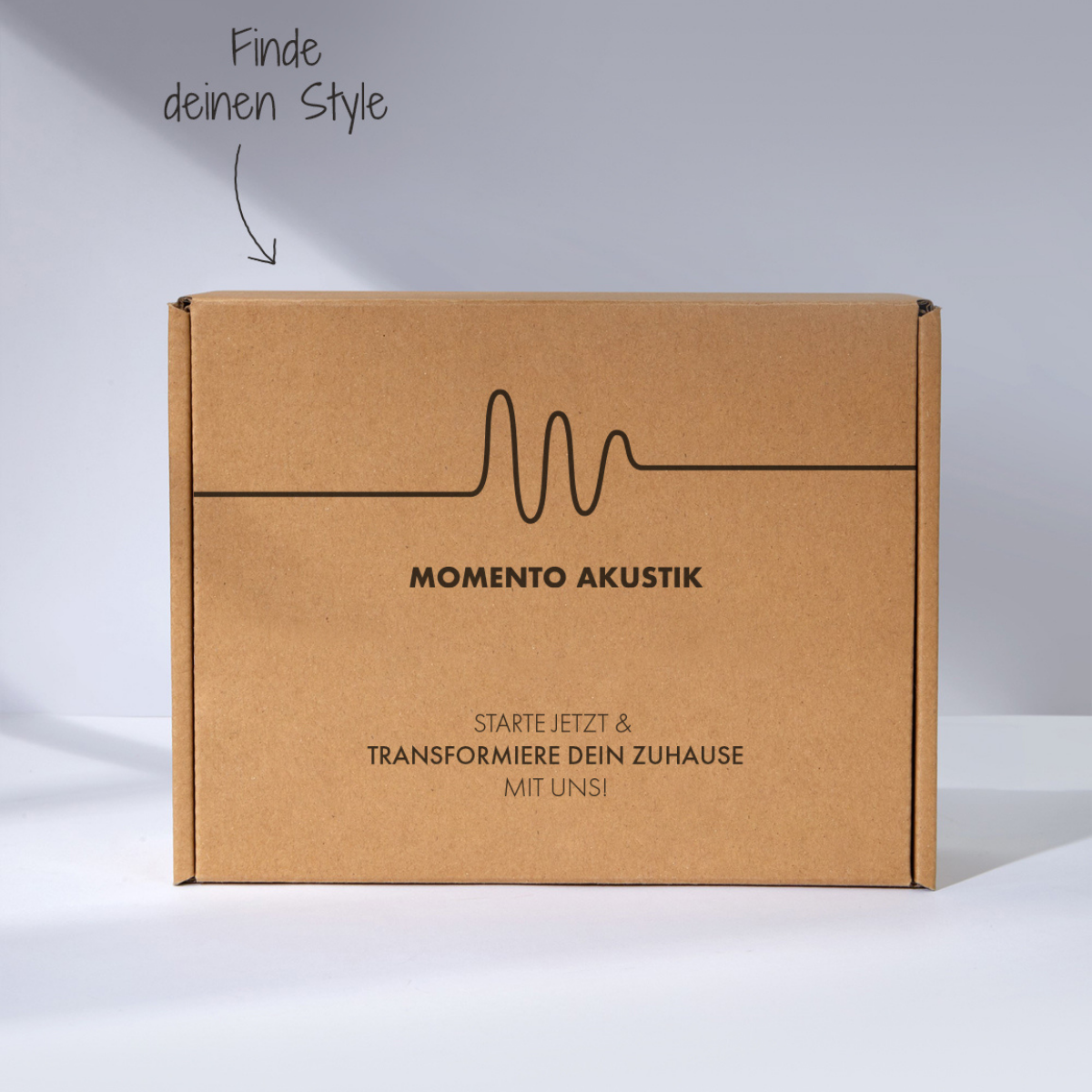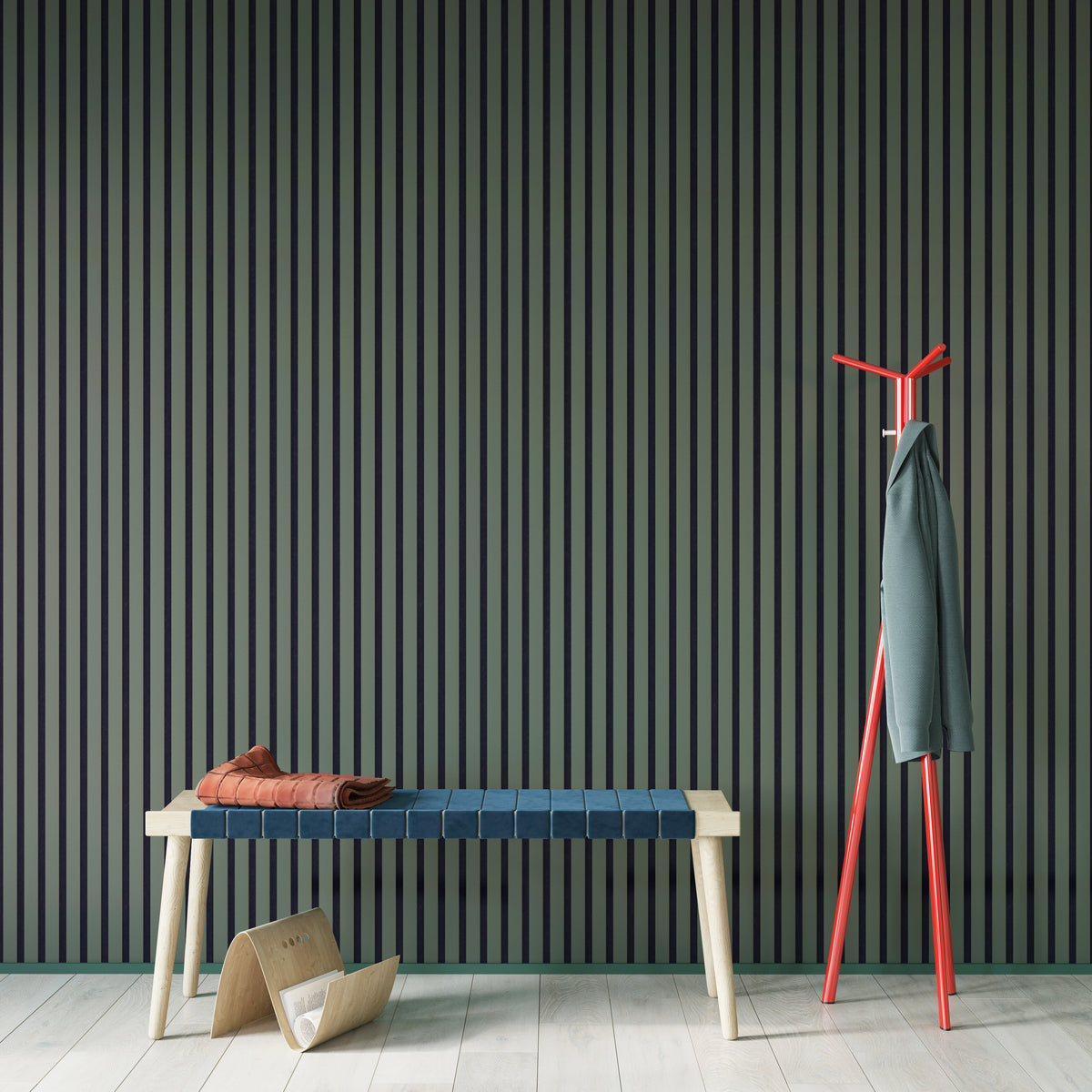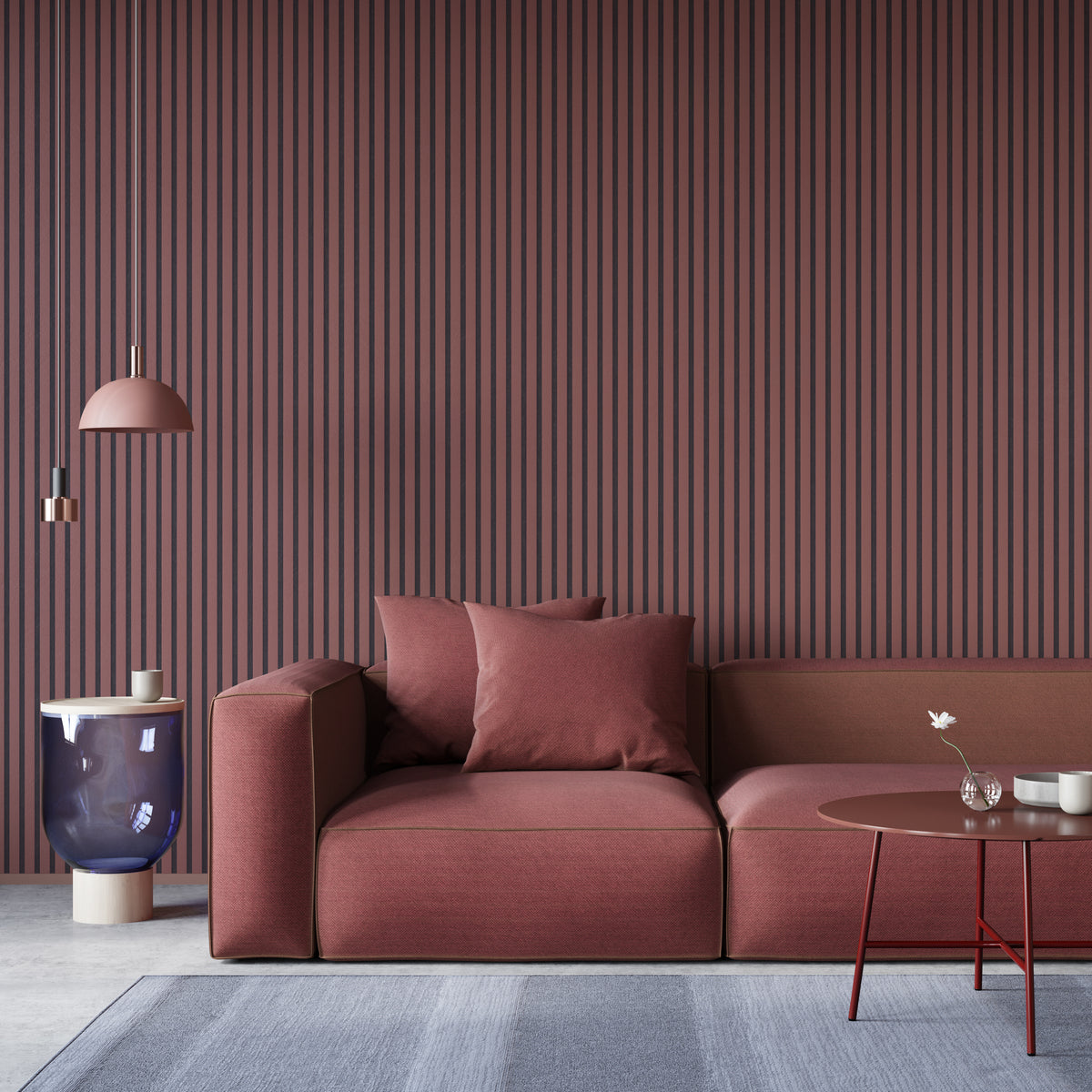Since 2020 at the latest, many people in society have focused on working from home. More and more employees are benefiting from the many advantages that home office offers - at least a few days a week. But along with the transition from the office to home, many questions arise. Not everyone has the appropriate setup in their apartment or house. If you are now faced with the problem of having to set up a small home office , you are not alone. So now the pantry, the small guest room or the "mess room" will have to do the trick - and of course some rearranging will be necessary. Today we are going to give you a few creative ideas on how you can use the space in a small room effectively and set up a cozy little office.
Setting up a small room for work – the basics
To ensure you're ultimately satisfied with the design of your small home office, it's important to brainstorm. After all, you don't want to forget anything important and have to start all over again. So, first consider what you need. First and foremost, this includes the centerpiece of the home office: the desk. You'll also need storage space for documents, stationery, and any other items you need for your work. Multifunctionality is key in small spaces. The more versatile you design the room, the easier it is to make changes or repurpose furniture later—for example, to create additional storage space. So, think about what you specifically need for your work and what absolutely must-haves when furnishing your small home office. Feel free to use this checklist as a starting point:
Furniture
- Compact desk : Ideally, this one is suitable for mounting on the wall or even foldable!
- Ergonomic chair: Comfortable and healthy working is essential – you shouldn’t skimp on this.
- Shelves or wall units : Small spaces require some skill. The keyword: vertical storage space!
- Drawer containers or small cupboards : documents, staplers etc. have to go somewhere.
- Multifunctional furniture : Stools with storage space, desks with expandable modules and similar ideas are perfect if you want to set up a small study.
Organization and storage space
- File trays and wastepaper baskets: Where there's sawing, there's shavings - and working without any paperwork is rare.
- Storage boxes : Where do you store cables and other small items that you don't use every day?
- Organization systems : The more clearly you structure what goes where when furnishing your small home office, the more space-efficiently you can store it. Stackable boxes are perfect for this.
- Wall hooks or magnetic strips : If you're not a fan of boxes and other organizational systems, you can consider hanging things directly on the wall.
- Cable management solutions : Be sure to think about where all that cable clutter goes. Monitors, computers, printers… – the list of electrical devices can be long.
lighting
- Desk lamp : You need a light source that you can switch on when necessary.
- Natural light source : A home office without windows? No thanks!
- Additional wall or floor lamp : Or a ceiling light. The room should be well lit at any time of day or night.
Note : Many employers have strict regulations regarding room lighting. It's best to check with your boss before you start setting up the room.
Decoration and ambience
- Plants : Plants improve air quality and add a sense of nature. When used intelligently, they can even improve concentration! So don't forget this important aspect when setting up your small home office.
- Pictures or wall decorations : For personal design – these are a must. If you're setting up your own small office, do it right!
- Color scheme : Use light colors to visually enlarge the space. Painting the walls dark will make an already small room appear even smaller, and you'll quickly feel cramped. This may not seem so important at first glance, but consider how much time you'll be spending in this room. Shouldn't you feel comfortable and decorate your small home office comfortably?
Technical accessories
You know best what you need. Do you work from a laptop or do you need a computer? Is one monitor enough, or do you need several? Is a printer necessary? Also consider chargers, power strips, and possibly extension cables. Keep in mind that not only your technical equipment needs power, but also lamps and other devices – so make sure you have enough outlets available when setting up your small home office.
comfort
- Desk pad or desk organizer: To keep your work surface tidy over time. How about a desk pad with a calendar, for example? You can also use it to jot down notes.
- Footrest : Long working days are stressful for the back and joints. Therefore, it's important to ensure better seating comfort while working.
- Acoustic solutions : Especially if you have noisy neighbors or traffic right outside, you need some way to create peace and quiet. Carpets, curtains, or acoustic panels for soundproofing can help.
Did someone mention acoustic panels? You can find them in our shop, of course – whether acoustic panels made of real wood , colorful acoustic panels , or the corresponding accessories. Or how about a sample box so you can color-coordinate the panels with the rest of your room? You'll also find everything you need to know about this topic in our guides. So, if you're unsure about what to do when furnishing your small home office, check out our installation and maintenance instructions .
Ideas on how to set up a small home office
Now that you have your checklist, it's time to put it into practice. Simply throwing everything into the room? Probably not a solution if space is limited. To effectively furnish a small home office, a little inspiration and creativity will help. First, take a look at the basic shape of your room. Is it rather long and narrow? Or practically square? Where will the desk absolutely not fit? Is there a sloping ceiling in the room? Or maybe it even has an angle? All of this plays a role in the design of your small office. You'll find inspiration for the most basic room types in the following section – let it inspire and motivate you, and maybe even come up with your own ideas! Your room...
… is small and has a sloping roof?
Sloped ceilings present particular challenges when furnishing small home offices. Ideally, the desk should fit under the slope and you should still have sufficient headroom while sitting. If the room is wide enough on the sloped side, you can add shelves to the left and right of the desk, which fit perfectly into the triangular shape. This way, you won't waste space due to the sloping ceiling when furnishing your small home office, but will actually use it profitably. Of course, this requires some custom work, but with a little DIY skill, it's no problem.
If it is very dark in your room under the sloping roof, you can place the desk closer to the window and use the dark space under the slope exclusively for storage.
… is small, long and narrow?
When furnishing a small, narrow home office, it's a good idea to place the desk along one of the shorter sides. This way, you maximize both the space you can use for storage and the space you have available at the desk. You can then attach long, spaced-out shelves and wall boards along the long sides of the room. This creates a perfectly structured small office.
… is more or less square?
In a square room, you can base the design of your small home office on the location of the window and door. It's recommended to place your desk as close to the window as possible, as this allows you to benefit from natural light. This is better for eye and brain health than artificial light. You can arrange shelves and cabinets along the remaining walls, allowing you to easily reach everything from the center of the room. The corners of the room are best used for extra seating or as storage space for wastepaper baskets and other items. A small rolling cart with drawers can also be perfectly accommodated here. Be creative and consider what you want in your office. If you want to give your room a bit more structure, you can build partition walls or visually divide the room into "work" and "storage" areas by using different colors on the walls. Modern interior design ideas are particularly well-suited to a square home office; so don't be too reserved!
… has many windows?
Lots of windows are great! There's nothing wrong with more natural light – however, creating storage space can be a bit more challenging since there are fewer walls for shelves. The solution: lightweight shelving systems that can be moved. This allows you to position them wherever you need them when setting up your small home office. The desk can, of course, be pushed right up against one of the windows, and when it comes to color, light-colored, daylight-friendly furniture will serve you well here. They make the room feel airier and also reflect the incoming light.
… is small and has a practical niche?
A niche is always a good place to put things to good use – even in a home office. Depending on the size of the niche, you can either fit the desk directly into it or install custom-made shelves. If there's no sloping ceiling blocking additional space, you could even try both: Place the desk in the niche and then create a shelving system above the table. This way, you can maximize storage space without using the rest of the room. This means you have more room for other things – perhaps a small sofa or armchair. You can also keep the room as clear as possible so your mind has more room to wander.
… has no windows?
Ideally, a room without windows shouldn't be set up as a home office. Small or no windows result in insufficient natural light, and many employment contracts exclude this room as a workspace. However, if you have no legal restrictions regarding the use of this room as an office, you can make the most of it with a few little tricks:
- Desk lamps with daylight LEDs are essential. You'll also need other light sources that illuminate the room indirectly—for example, LED strips or bright ceiling lights that don't shine directly on anything but distribute the light evenly.
- Go for light colors and minimal decorations to give the room a more airy feel. Rooms without windows tend to feel more confined, so there's no need to overwhelm the space with interior design.
… is small and L-shaped?
An L-shaped room has a major advantage: you can use the corner as a room divider. One section of the room can serve as a work area, while the rest is used for storage. If the space is too small for this, a corner desk might be the right solution for a small L-shaped home office. Play around with colors and visually separate the two sections of the room.
While not necessarily, small rooms are often rather dark. One tip that can help you bring more light into the dark is mirrors. They reflect both daylight and lamplight, making small rooms appear brighter and larger. Cleverly placed mirrors can significantly contribute to a sense of well-being and make everyday work easier!





